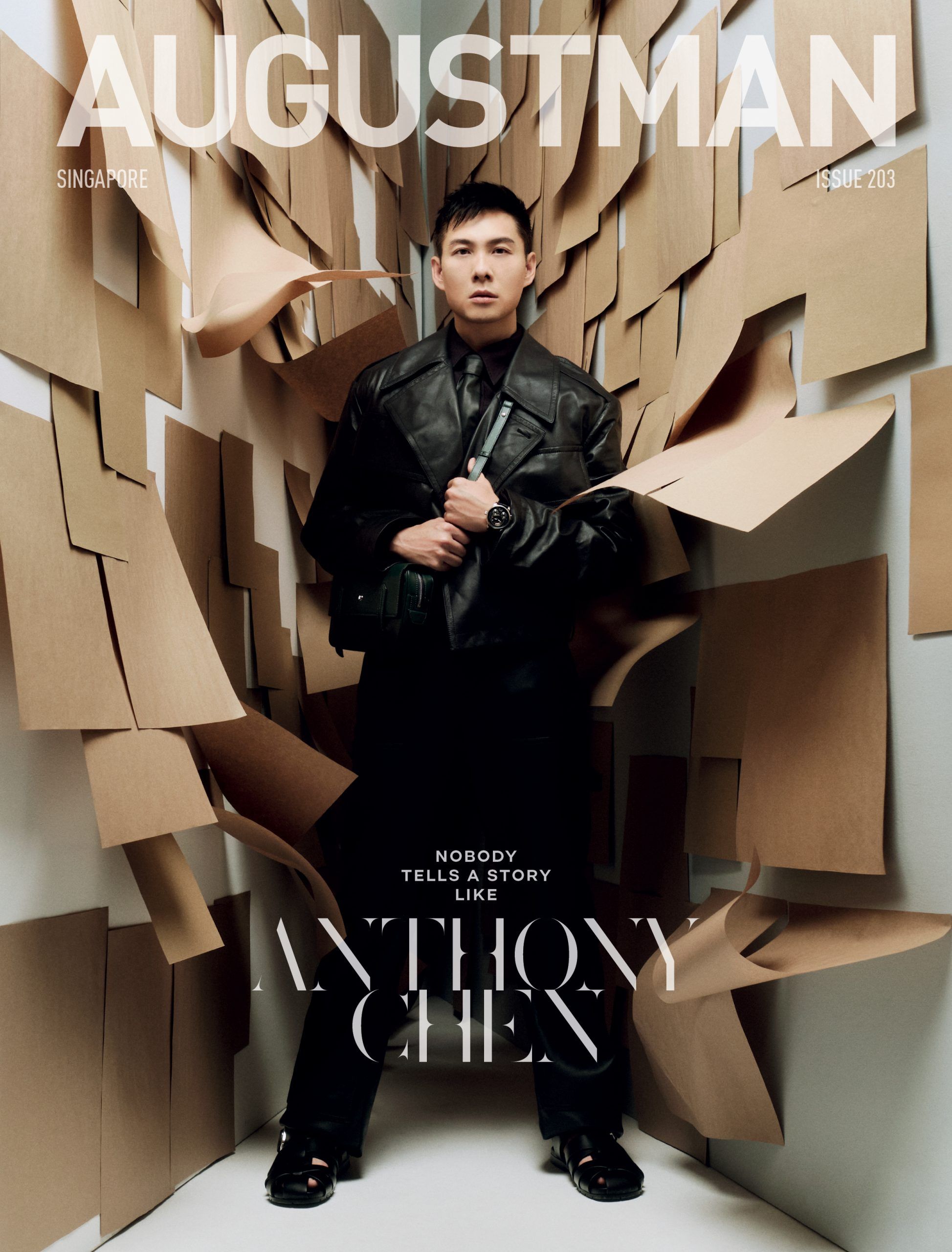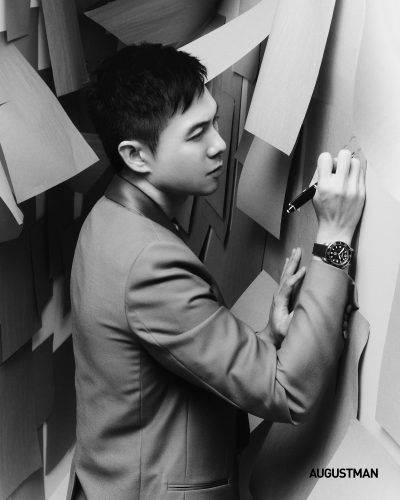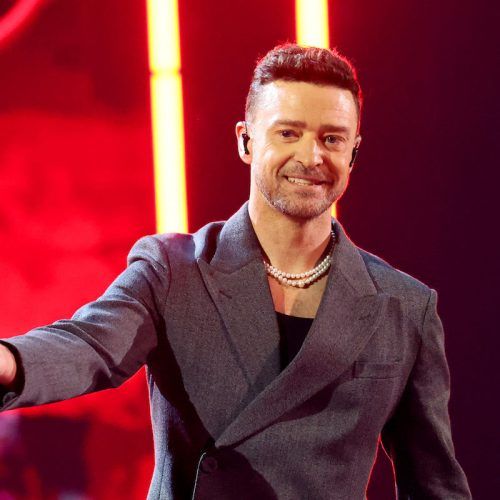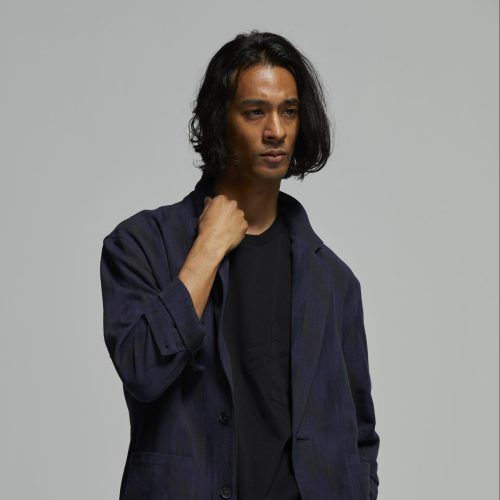If you want to visit a museum that gives you some of the deepest insights into the modern world, I highly recommend Lucerne’s Verkehrshaus der Schweiz, or Swiss Museum of Transport. An exhibit there shows the evolution of Swiss transportation, which connects people and places over some of the most rugged terrain in the world. I was especially fascinated by how they’ve developed and kept improving mountain trains and cable cars, some of which reach the peaks of Europe’s highest mountains.
The Swiss have always been proud of their transportation systems. I would be, too, if I were Swiss. Their train rides — all of which are immaculately punctual — offer some of the most spectacular views I’ve ever seen. There were azure lakes, verdant valleys, and magnificent snow-capped mountains. Those ads featuring Roger Federer and Trevor Noah for the Grand Train Tour of Switzerland do it some justice, but still doesn’t quite capture the full majesty of the experience. It was after one such awe-inspiring ride, through central Swizerland from Lucerne to Interlaken,
that I felt the need to speak to the people behind Swiss transportation.

With some help from the Singaporean chapter of the Swiss Tourism Board, I was able to secure a conversation with Swiss Travel System CEO Maurus Lauber. Swiss Travel System is the voice of Swiss transportation to audiences outside of Switzerland. Their shareholders include Swiss Federal Railways (SBB), Switzerland Tourism (ST), and five private railway companies.
And true to form, my 4pm (Singapore time) interview with Mr. Lauber began about two minutes ahead of schedule.
What’s the secret to Swiss transport punctuality?
This started more than 100 years ago. The Swiss population has been supporting public transport because they know that a functional, punctual system is important, and a reliable transport system will ensure that Switzerland works. It’s no secret that punctuality is one of the top goals of every transport company in Switzerland. Guests want to be on time and, in Switzerland, to be on time means a maximum of three minutes later than (the time) communicated in the timetables. You don’t have to wait too long for connecting trains, buses, and boats so your total travelling time won’t be too long. The Swiss government and the public support public transportation and sustainable mobility, especially in the cities, as there is no space for individual traffic. So public transportation is very much supported, one that is on time, safe, and, especially, reliable.

At the Swiss Museum of Transport, I realised that advanced engineering is central to Swiss transportation. I mean, your trains have conquered the Alps. Can you tell me more about this?
Switzerland is maybe the country with the most mountains in Europe, with the highest mountains in Europe. If we look back to 1847, there were no railways in Switzerland, but there were railways all around Switzerland, in Germany, Italy, Austria and France. And a gentleman from Zurich, Alfred Escher, serving in the National Council said: “Switzerland will be a forgotten country
if we do not invest in public transportation.” In 1847, we had no railways, and that changed quickly with Alfred Escher.
In Switzerland, we have the most liberalised rules to build public transportation. And, back then, that meant that almost every month, everybody in Switzerland were planning to build railways like crazy — not only in the flat country, but up also the mountains like Jungfrau.
Alfred Escher was quite the visionary.
Yes, Alfred Escher saw the potential in building a connection between northern and southern Europe, and, for this, he saw the possibility of the Gotthard Railway, a railway that would cut through the Alps. This was a crazy idea at that time and he knew that he needed money to do it. So he founded Credit Suisse to get the money. In 1847, Escher also founded the Swiss Technical High School so he can have the engineers who are able to build a tunnel crossing the Alps. It was in 1882 when the Gottard Railway line was finished.
They built a 17km tunnel through the Alps just to make travelling from the north to the south easier as compared to over the mountains. So, engineering know-how is extremely important — not only to build the system, but also to operate it on a daily basis. A lot of know-how is also required to bring such a compact system of over 250 different companies into one network that works.
That must require some serious planning. In the 1920s to the 1940s, we had more railway lines in Switzerland than we do today. So many railway lines — some of it, we found out, were not efficient. We learnt that it is not necessary to have a train go into every village. So, in some some villages, these train lines were replaced by buses. These buses stop every five minutes and will connect the villages to the nearest rail station. It was a good idea to be much more efficient and much more agile.
From there, the transportation system grew into one of the densest public transportation system worldwide. It’s the combination of trains, of buses, cable cars, tramways, and boats. Switzerland believes in its transportation system. If you compare it with our neighbouring countries, they are very strong at city-to-city transportation, but they are weak at getting people from the major stations to smaller spaces abroad. For Switzerland, a country full of mountains, valleys, and forests, we have more than 90% of our population who are less than five minutes from the nearest public transportation stop.
I’ve used the Swiss Travel Pass, an all-in-one solution masterminded by Swiss Travel System. That’s a whole new level of convenience in public transportation.
The Swiss Travel Pass covers 250 transport companies in one ticket. You don’t get tickets like that anywhere else in the world. It’s like an entrance ticket into Disneyland! (laughs) Once you have it, you can go to all the attractions. In other countries, you can get rail passes. And if you want to connect by a bus, tramway, ora boat to another destination, then you have to find another solution. That’s why it’s so important that, in Switzerland, this mindset has been growing that we have one system instead of over 200 systems operating on their own.
One of the most memorable tourism ads in recent memory has to be the Grand Train Tour of Switzerland. Two years ago, it featured Anne Hathaway and Roger Federer, and last year’s with Trevor Noah and Roger Federer was so memorable. What were the conversations that led to that campaign?
That was our idea. It actually started 2014 – exactly ten years ago. We realised touring became a global trend. More and more people wanted to not just stay two weeks in the same place; they want to see different places. So we looked for a solution. How can we optimally combine the most beautiful panoramic train routes in Switzerland into one round trip? It’s like a pearl necklace, to bring all the beautiful parts together.
The Grand Train Tour campaign was selected by all the tour operators and partners in the market. We asked them in 2014 – firsttly, what are the most beautiful train rides in Switzerland? And secondly, how would you combine these panoramic train rides into one nice round trip? The answers we got, we stitched them together into the Grand Train Tour as we have it now – a really, really fantastic product. It’s an eight-day trip around Switzerland, and there you get the best of Switzerland and its panoramas.
I love it – I still love it after ten years.
Eight days only?
A lot of people forget that Switzerland is only 300 kilometers wide. That’s not long. Take a train out of Zurich for two hours in any direction, and you’ll be in a neighbouring country. Why should you keep checking in and out of hotels when you travel around in a small country? It’s very easy to have your luggage in one place. You can have your base in one place – Zurich, Lucerne or Interlaken – and from there, it’s very easy to do your day trips. In the morning you can go one way, and come back in the evening. And then the next day, you can go a different way.
I understand that you are an avid user of Swiss transportation yourself?

Yes, I simply love it. If you ever visit Switzerland, I strongly recommend taking the train and not getting a rental car. I travel a lot by public transportation, especially by trains. I always try to do work when I’m in trains, and I find that I cannot. Every time, you’ll discover something new when you look out the window. I think it is amazing. I’m not in my car, having to focus on the road, my hands on the steering wheel, concentrating on signals, on traffic and everything. I’m very relaxed in the train and the view outside is amazing.
Do you have a favourite train route?
The most special journey to me is the train ride from Lake Geneva, from Montreaux, on the Golden Pass Express to Interlaken and then on to Lucerne. It connects the French part of Switzerland to the German part of Switzerland. It connects two very vibrant tourist destinations within Switzerland, and it doesn’t go on the main line in the flat countryside of Switzerland. It goes through very peaceful landscapes, over small passes and past a combination of small lakes, it goes between mountains and valleys, forests, past small villages with herds of cows and untouched nature. It’s an engineering highlight as well. From Montreaux to Zwesimmen, it’s very narrow tracks, only one meter. And then from Zwesimmen to Interlaken, it’s back to normal tracks, which is 1.42 meters in width. When you’re sitting in the train, you do not realise that your train changes from narrow track to a normal track, it changes from flat entrances to higher entrances, and it changes the electricity system as the narrow track lines run on a different system. They made all this to ensure that people don’t have to change trains when travelling from Lake Geneva to Interlaken.













